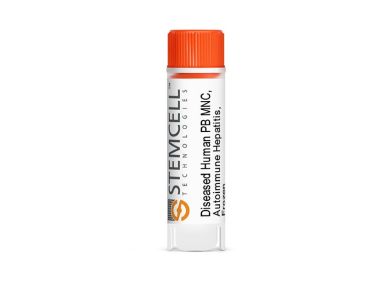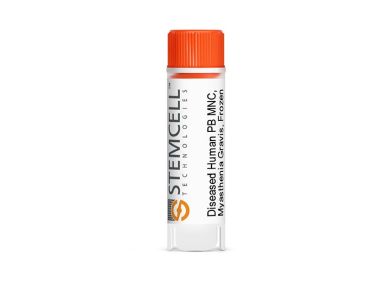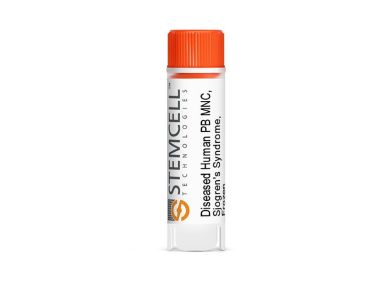搜索结果: 'methocult media formulations for human hematopoietic cells serum containing'
-
 冻存的人外周血CD19+ B细胞 冻存的人原代细胞
冻存的人外周血CD19+ B细胞 冻存的人原代细胞 -
 冻存的人外周血CD4+ T细胞 冻存的人原代细胞
冻存的人外周血CD4+ T细胞 冻存的人原代细胞 -
 疾病状态人外周血制品,血管炎 新鲜或冻存的人原代细胞
疾病状态人外周血制品,血管炎 新鲜或冻存的人原代细胞 -
 冻存的人外周血CD4+CD45RA+ T细胞 冻存的人原代细胞
冻存的人外周血CD4+CD45RA+ T细胞 冻存的人原代细胞 -
 冻存的人外周血CD8+ T细胞 冻存的人原代细胞
冻存的人外周血CD8+ T细胞 冻存的人原代细胞 -
 患病的人外周血制品,I型干扰素病 新鲜或冻存的人原代细胞
患病的人外周血制品,I型干扰素病 新鲜或冻存的人原代细胞 -
 疾病状态人外周血制品,自身免疫性肝炎 新鲜或冻存的人原代细胞
疾病状态人外周血制品,自身免疫性肝炎 新鲜或冻存的人原代细胞 -
 冻存的人外周血γδ T细胞 冻存的人原代细胞
冻存的人外周血γδ T细胞 冻存的人原代细胞 -
 疾病状态人外周血制品,格雷夫斯病 新鲜或冻存的人原代细胞
疾病状态人外周血制品,格雷夫斯病 新鲜或冻存的人原代细胞 -
 疾病状态人外周血制品,重症肌无力 新鲜或冻存的人原代细胞
疾病状态人外周血制品,重症肌无力 新鲜或冻存的人原代细胞 -
 疾病状态人外周血制品,干燥综合征 新鲜或冻存的人原代细胞
疾病状态人外周血制品,干燥综合征 新鲜或冻存的人原代细胞 -
 冻存的人外周血CD19+CD27+记忆B细胞 冻存的人原代细胞
冻存的人外周血CD19+CD27+记忆B细胞 冻存的人原代细胞


 EasySep™小鼠TIL(CD45)正选试剂盒
EasySep™小鼠TIL(CD45)正选试剂盒





 沪公网安备31010102008431号
沪公网安备31010102008431号